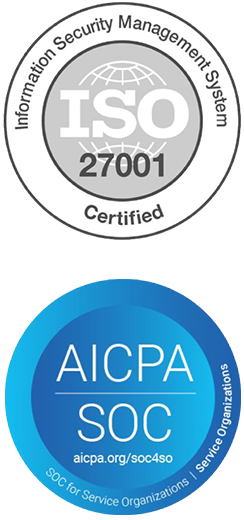Justperform
- EPM
- Thought Leadership
How to future-proof your annual budgeting?
The annual budgeting process becomes obsolete when the market confronts unpredictable situations. In other words, some uncontrollable factors like Political instabilities, Natural disasters, and Pandemics affect the market to a great extent. They can cause irrecoverable damage to businesses
The recent outbreak of COVID-19 is one such uncertainty that is unsettled the entire business world. Its impact on businesses is slowly but steadily felt.
Before going further, let’s first understand,
What is the Annual Budgeting?
An annual budget is a 12-month plan for a company’s projected expenditures over a year. It acts as a benchmark and helps companies in tracking progress over a period of time. The budget allows companies in the effective utilization of resources to achieve overall organizational objectives.
Pertinent questions to ask at this point are,
How stringent the annual budgeting process must be amidst these unpredictable market situations?
Are traditional budgeting techniques good enough to tackle these scenarios?
An obvious answer to these questions is ‘No.’
This article aims to take you through the critical components of effective budgeting processes that help mitigate these unpredictable risks.
An effective budgeting process needs to go beyond conventional practices. It should involve regular planning and forecasting to assess the impact of market situations. These assessments should help in determining the course of action in budgeting during uncertainties.
The two major components that make budgeting processes effective are as follows:
Collaboration and Alignment:
Collaboration and Alignment can aid the budgeting process to tackle these uncertainties to a great extent.
The ability to identify an organization’s objectives and collaborate across its hierarchical levels, to create or update plans can future-proof the budgeting process.
Plans can never be unidirectional. A robust budgeting system should involve frontline planners by collecting their inputs and communicating back the organization’s direction. This way, the frontline planners can communicate to the top management, the ground-level realities based on the market situations.
This approach will pave the way for a budgeting system that is relevant and realistic, even in these unpredictable scenarios.
Most of the current budgeting systems lack these critical components. They are mostly driven as a financial data collection process with zero visibility of initiatives or activities that they are made for.
The lack of involvement of frontline planners will only make this entire process time-consuming and challenging. It could pose severe difficulties for businesses to identify discretionary vs. non-discretionary income/expense streams and to prioritize their investments.
Hence, organizations need to take a closer look at their budgeting processes and introspect on their effectiveness.
Collaboration and Alignment can add life to the otherwise ineffective budgeting processes that are performed as mere rituals.
Real-time access to Relevant operational data
Collaboration and Alignment are, no doubt essential, but what is equally crucial is real-time access to relevant operational data. Business teams and frontline planners can assess the impact of changes, only if they have access to actual data in real-time.
Unfortunately, this is very challenging. Most of the ERP systems can only track actuals either at the department or business unit level. They seldom provide insights on market situations impacting business performance. These practices make way for static budgets rather than helping in framing flexible budgets.
Financial information from balance sheets or income statements, when coupled with operational data from the data warehouse, can help better understand the impact. The data warehouse or data lake is often perceived as a source of entire data that the organization can access.
This will help the organization to assess the impact of market conditions in a better way and improvise their budgeting processes.
These are the two critical components that can uplift your existing budgeting processes to tackle any uncertainties
In both these components of annual budgeting, they are three key points to look at:
Businesses addressing these key points will be in a better position to build more realistic and flexible annual budgets.
Red Apricot’s JustPerform is a cloud-based platform that helps in addressing these critical points. This unified platform utilizes Planning Infoblocks (like Lego blocks) to build business Value Driver Trees. These Value Driver Trees lays the foundation for entire business planning, management reporting, and decision-making processes.
JustPerform leverages easy-to-use data flow designer to collect relevant data from the Data warehouse cloud and other source systems for the Value driver trees. It then helps businesses to plan and analyze their business drivers & metrics.
JustPerform also boasts of visual collaborative features where business users can collaborate and define the metrics, drivers using Planning Infoblocks.
To conclude, JustPerform addresses both the critical aspects of an effective annual budgeting process. It helps organizations build future-proof and relevant budgets to stay ahead in the ever-changing business landscape.
Summary
How to future-proof your annual budgeting
- Collaboration and Alignment
- Real-time access to Relevant operational data
You may also like
No Related Posts Found

